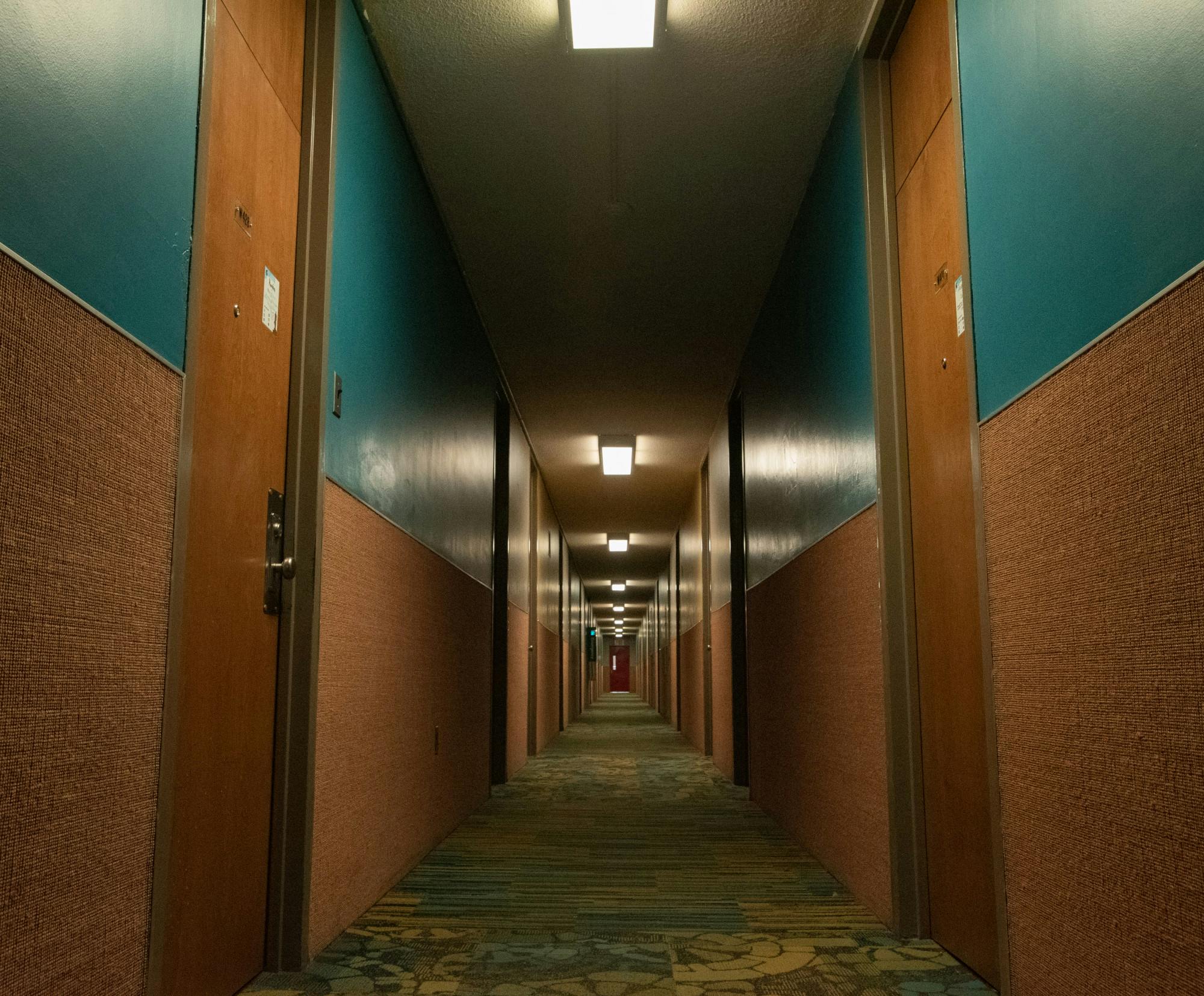As students look for housing at Michigan State University, many student minority groups can feel left in the shadows. One of those is the LGBTQ+ community.
To provide more suitable accommodations for the LGBTQ+ community, initiatives such as Gender Inclusive Housing, or GIH, were formed.
GIH is a housing option where two or more students agree to share a multiple-occupancy living unit regardless of the other students’ gender identity, according to MSU Live On.
Gender-inclusive housing is now becoming a more viable option for students.
“It's brand new in the sense that it's actually being utilized this year,” mathematics junior David Leen, who is the resident assistant for the gender-inclusive wing on the third floor of McDonel Hall, said.
Business-preference freshman Sam Fratkin recalled their experience after being unable to navigate and understand what accommodations they were given regarding housing.
“I actually had a pretty difficult time because the first roommate that I had was kind of homophobic,” Fratkin said. “But, I did end up working with the Gender Inclusive Housing department specifically, and they were able to help me find housing. So, I'm here now.”
Fratkins’ story is one of a few that serve as an example of success for LGBTQ+ students and housing accommodations. Others have not been as fortunate.
“I purposely moved off campus so that I didn't have to deal with it,” arts and humanities sophomore Elizabeth Brooks said.
Brooks, who is the president and founder of MSU’S Honesty, Opulence, Uniqueness and Strength organization, or HOUS, said students had issues with having to provide legal records to prove pronoun identification in order for them to receive appropriate accommodations.
“It's just this whole mess for trans students,” Brooks said. “We have to live in a dorm that match whatever gender identifier is on the record and for a lot of people, it hasn't been changed … because that is expensive to do.”
Related: MSU's LBGT Resource Center renamed to the Gender and Sexuality Campus Center
Leen said there needs to be more space for gender-inclusive housing.
”An improvement on the GIH floor is to have more floors across campus,” Leen said. “What I'd like to see is that there would be at least a floor building per dorm hall, or at least one floor per neighborhood.”
Brooks said clustering LGBTQ+ residents in one focused area may allow for more danger and harassment directed toward those students.
“You're putting a group of people in a space where they're going to be outed no matter what, which can be really dangerous because then it's really easy for people who want to then target those spaces if you group us up all into one place,” Brooks said.
Gender-inclusive housing does not only address living space for the LGBTQ+ community but also includes the availability and ease of access for necessities in these spaces such as restrooms.
“I had to go searching to find an accessible bathroom that I can use because there's not a lot of information about where they are ... if a building has them,” Brooks said. “They're in a basement somewhere in some corner."
GIH is beginning to create a sense of security and home for the LGBTQ+ community here at MSU. However, many students still feel the need for improvement and further action.
Brooks said there needs to be more awareness about the gender-inclusive housing option for incoming and current students.
Support student media!
Please consider donating to The State News and help fund the future of journalism.
“I think it is the responsibility of everyone who goes to this university and works for this university to live up to this standard we seem to try and set for ourselves,” Brooks said. "We have the slogan, ‘Hate has no home here,’ but then constantly have issues of discrimination on campus.”
This story is a part of our Fall Housing Guide. View the full issue here.
Discussion
Share and discuss “What is gender inclusive housing?” on social media.







